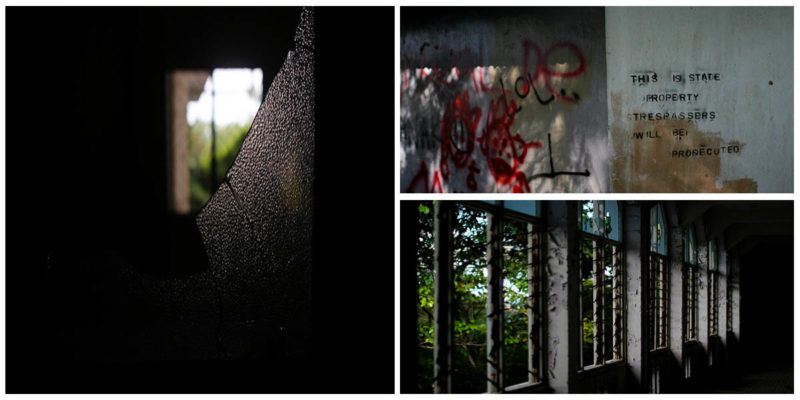Built by the British government in 1935 as an addition to other military installations like armories and barracks, this former hospital quietly rests in Changi, Singapore. The hospital was built within an area that once served as a military base intended to defend the eastern end (coastal areas) of the Johor Strait.
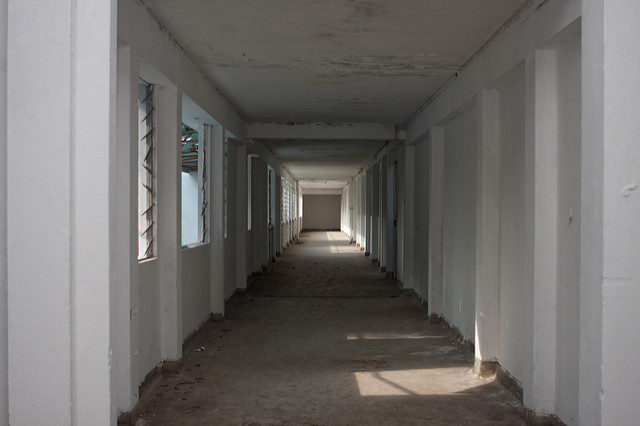
During the period in which this hospital was commissioned, it was named RAF Hospital Changi. The Royal Engineers in Kitchener Barracks, the Royal Artillery in Roberts Barracks (now redeveloped into the Fairy Point Hotel) and the Gordon Highlanders in Selarang Camp all enjoyed the benefits of using this hospital. It was their close proximity to the hospital that made all of this possible.
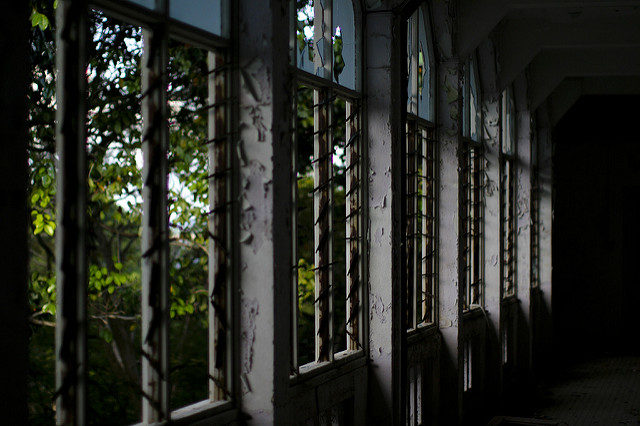
While Singapore was under Japanese Occupation, the hospital functioned as a military hospital with its focus turned toward treating the wounded Japanese military personnel. But Changi Hospital during this period also served as prison camp which was handled by the flagrantly cruel and powerful Kempeitai (Japanese military police, which also played the role of that of secret police).
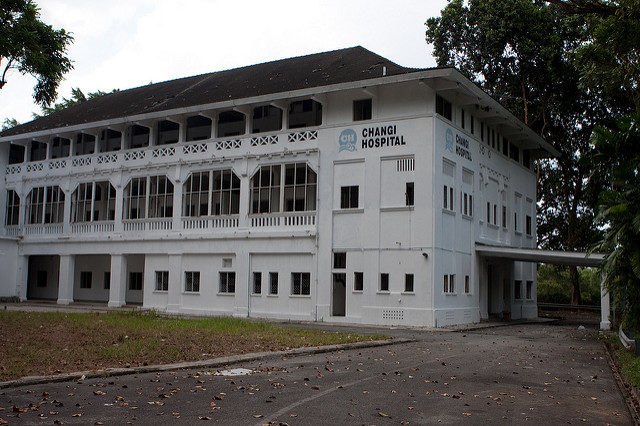
Even though there is no major evidence to support this claim, supposedly part of this campus was used as a torture center. According to rumors, there was one particular small room with narrow windows. Inside this room was thick chains that hung on the walls and two concrete stubs on the floor which were believed to be some sort of torture device.
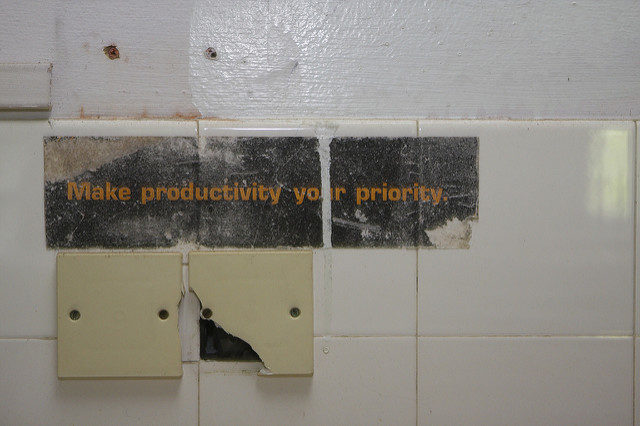
The facilities that were later deemed inadequate and Changi Hospital was temporarily shifted to Roberts Barracks. Once the Second World War was over the hospital was moved back to its original premises, though the arrangement with the military continued until Singapore claimed independence in August 1965.
From this point in time onwards, the British started to gradually withdraw their military presence from Singapore in direct correlation with the East of Suez policy. In 1971, the hospital was renamed as ANZUK Hospital. Only four years later in 1975, the ANZUK hospital was disbanded and it was renamed as the UK Military Hospital.
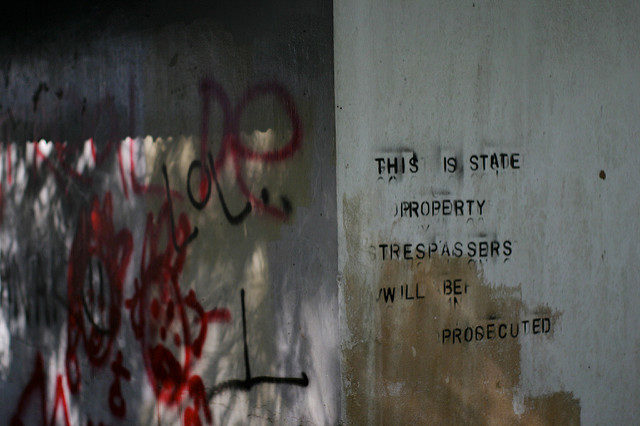
It was in December of that same year that the British finally withdrew the last of their troops and the hospital was now officially handed over to the Singapore Armed Forces. Naturally, the hospital focus was now shifted towards medical care of SAF personnel and their immediate families. With time the hospital extended its services and was ready to receive members of the general public.
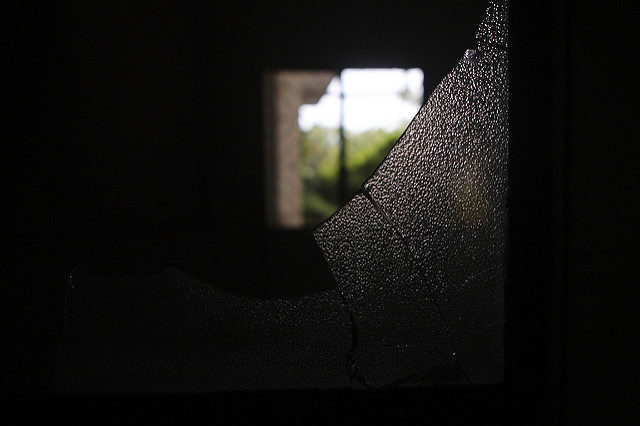
Then in 1976, the SAF Hospital merged with Changi Chalet Hospital. Logically enough it was renamed yet again as Changi Hospital. The hospital functioned under this arrangement until 15 December in 1997. On this date, Changi Hospital was merged with Toa Payoh Hospital to create what came to be known as Changi General Hospital.
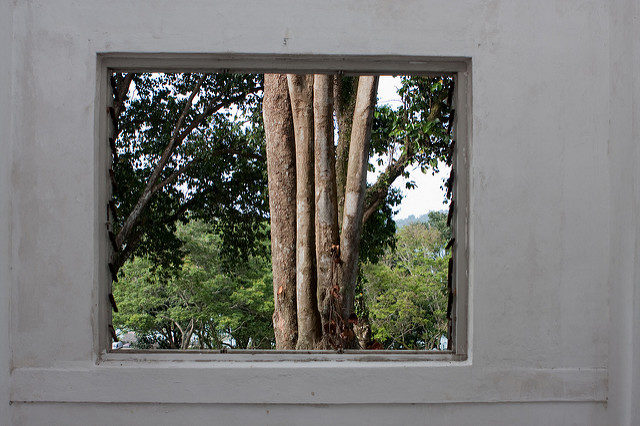
After this merge, the old hospital buildings remained abandoned and vacant. But the property of the hospital was well guarded, at least in the beginning, by the Singapore Land Authority (SLA) that originally had security guards and guard dogs to protect the abandoned hospital from vandals.
Fast forward into the 21st century when in 2006 when SLA put up the entire site for commercial-based leasing. It was bought by Bestway Properties who promised to build a luxurious spa-resort. The promise was never held and the property was returned to the SLA.
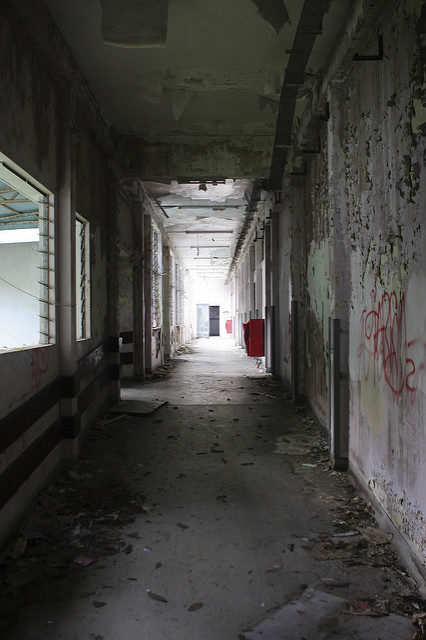
With time, the legend of the torture room spread and the hospital was declared to be one of the most haunted locations in Singapore. Understandably enough the ghosts that howl in and outside the hallways belong to the victims of the Japanese Occupation.
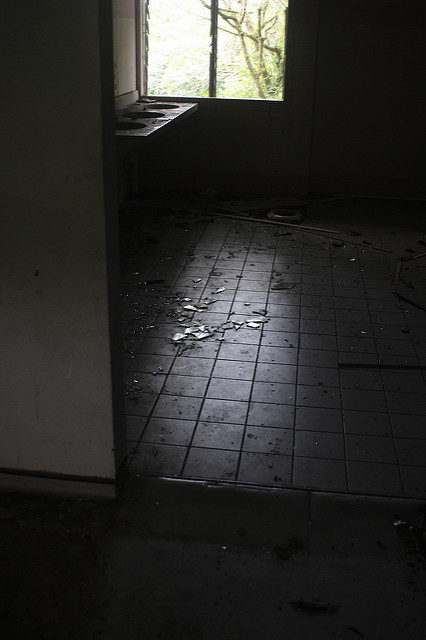
Not excluded from the story are the ghosts of all the homeless people and the spirits of those who died in the hospital. Among the rest of the haunted buildings found on this campus are the old mortuary which is now demolished, the operating theatre and the old hospital’s accident and emergency (A&E) building.
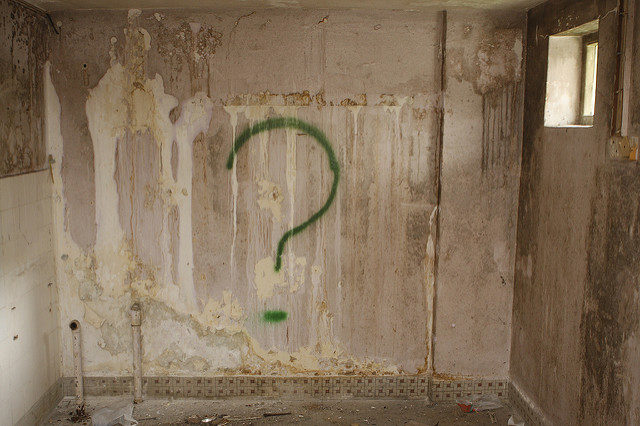
The ghost stories made this hospital so famous that even a mockumentary (or docucomedy) named Haunted Changi was made as a form of entertainment for the local folks to enjoy. The asylum even has its own Facebook page.
